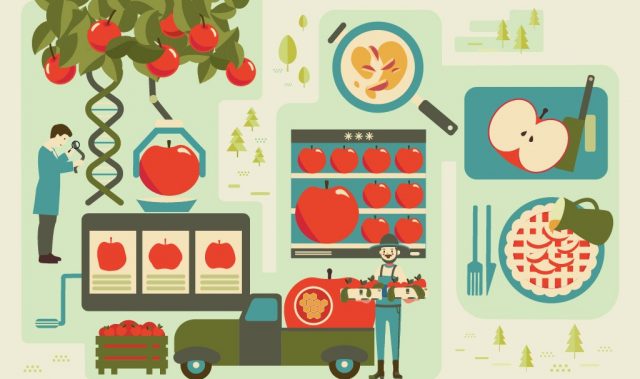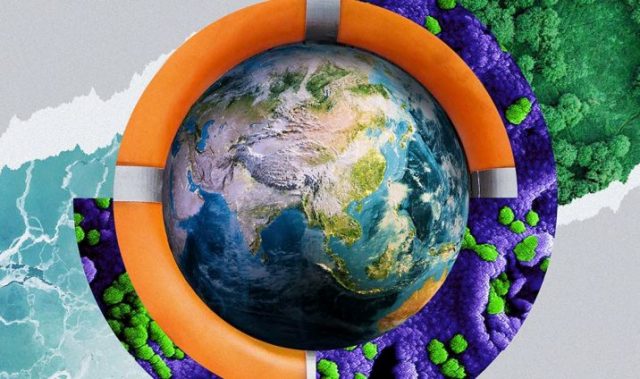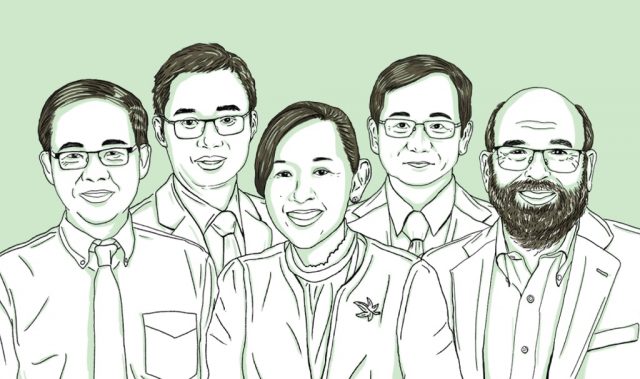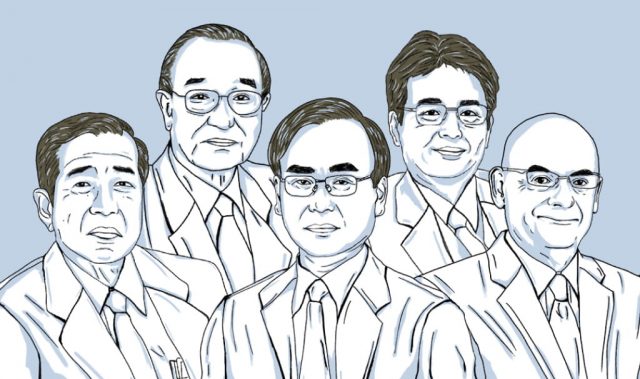
AsianScientist (Oct. 26, 2016) – Students from the Special Program in Science at National University of Singapore (NUS) have emerged champions at the International Natural Science Tournament 2016, held from October 12 to 16 in Novosibirsk, Russia.
The tournament invited participants to provide innovative solutions for as-yet-unsolved scientific problems and situations in industry, as suggested by Russian manufacturing or technology companies. Winning team KiasuNUSPS is made up of four year two NUS science students, Mr. Max Tan, Ms. Ang Shi Hui, Mr. Gabriel Kam and Ms. Amanda Ng. Up against teams of more senior students—mainly in year three or their final year—the NUS team held their own to clinch the champion spot, with two of their members, Tan and Kam, awarded best speakers.
Team KiasuNUSPS offered more comprehensive and diversified solutions for complicated problems, effectively applied best-practices, and developed their own novel concept, according to Dr. Daniel Kolokolov, president of the tournament jury and research fellow at the Boreskov Institute of Catalysis. The team proposed solutions for two problems presented by the competition. The first asked the question, “Do gemstones that can detect widespread poisons really exist in nature?” After all, it was once thought that a ruby changes color if placed in a poisoned drink. Team KiasuNUSPS proposed the idea of using crystallized chemosensors ‘gemstones’ which dissolve slightly in the presence of heavy metal poisons such as arsenic or mercury, kickstarting a reaction leading to a color change.
The second problem has its roots in science fiction: in the Star Trek: Enterprise series, an aquatic creature called an ‘osmotic eel’ was used to heal a starship captain’s leg wound. Participants had to propose a device or biological object that would autonomously promote healing of burns, deep cuts, and stab or gunshot wounds, and team KiasuNUSPS came up with a reversible hydrogel which can transform from hydrogel to liquid and vice versa. In its fluid state, the gel can seep into wounds, and over time, it will gelate and pressurize the wound lightly to hydrate burns.
———
Source: National University of Singapore.
Disclaimer: This article does not necessarily reflect the views of AsianScientist or its staff.












